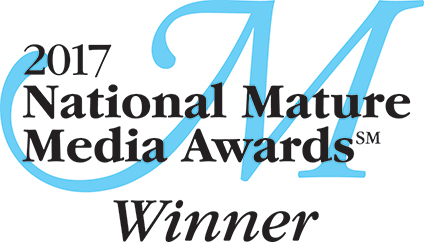How did your early years shape your role as an artist? At what point in time did you realize that art would be your path?
Art was my first love from as far back as I can remember. I loved to draw and always wanted to be an artist so, for me, there was no adolescent dilemma about how to spend my life. I wanted to study art at a professional art school and did just that. However, I did not become interested in teaching until I started to work at summer camps while in art school.
You studied Art Education and received a BA and MS in that area. Subsequently you taught Art in public schools and then brought your expertise to college students where you are currently Professor Emeritus at the Massachusetts College of Art and Design. Can you talk about your teaching?
Looking back at a very long teaching career, 41 years covering virtually every level from kindergarten through graduate studies, I feel extremely fortunate to have experienced those years. While I love being a full time artist now, I feel that the years in academia were continually rich in creativity, inspiration and learning from my students as well as from the actual teaching. My last 20 years of teaching, at MassArt, were particularly rewarding as well as demanding. The level of students was extremely high. I also served as Chair of the 3Dimensional Fine Arts Department for 9 of those years, a challenge and an opportunity to interact with faculty, administrators and students in another way. Perhaps all of these layers of learning gave me discipline, organization and patience – all important qualities for an artist – as well as creativity and a continuing love of art, old and new. I think it is important to note that I always continued working on my own art, through all of these demanding years.
Your work today is based on the technique of laborious and intensive stitching used to generate a complex tonal pictorial effect. What other art techniques did you explore before developing these pieces?
My adult artwork began with woodcuts, moved on through fabric assemblage to collage and papermaking and finally, as my retirement from teaching approached, I returned to my interest in fabric, stitching and drawing, turning toward my travels, especially to Mediterranian countries and, gradually, to classical sculptures of goddesses. Still powerful, although broken and worn, these images inspire me to interpretations that express their strength, feminism, beauty and vulnerability – universal characteristics that remain important to women today.
In creating unique and intricate stitched art that replicates women in antiquity, how do you approach each project? Do you work from your own initial drawings or reference prints? On paper first or directly on the linen fabric that you use as your canvas?
I usually choose a sculpture that interests me, often because I have actually seen it and somehow it strikes a chord. From photographs of the sculpture, I make full scale sketches that I often cut out and then I draw the outline on linen. Most of the rest of the drawing is done directly with thread , on the background linen. My recent work, that will be shown in Philadelphia at Snyderman-Works Galleries in October, deals mainly with the colors and patterns that originally covered these sculptures that we see as white marble today. I try to imagine how these bright and often garish colors eroded over time and how the life of the colors and the beauty of the figures kept changing.
You have stated that “I am interested in the beauty of imperfection and the imperfection of beauty” and you also explore this in relation to the concepts of vulnerability, dignity and the ravages of time. These are underlying philosophies behind your art that may be understood as an approach to feminism and social politics. Can you discuss this?
As a woman who had a career and raised a family at a time when most women were stay at home moms, I experienced all the benefits and drawbacks of a working woman. Feminism grew during those years and while I was not an activist, I was always interested in working toward and supporting the ideals expressed by the feminist movement.
You have received many awards, are in numerous collections, and have shown your work internationally in museums and exhibitions. At 82, what are you still looking to explore with your art?
At the age of 82 I am grateful to be fit and able to work continuously as an artist. I do not know what will come next, but I do know that I look forward to and expect to keep searching, discovering and developing new ideas that translate into new work.








